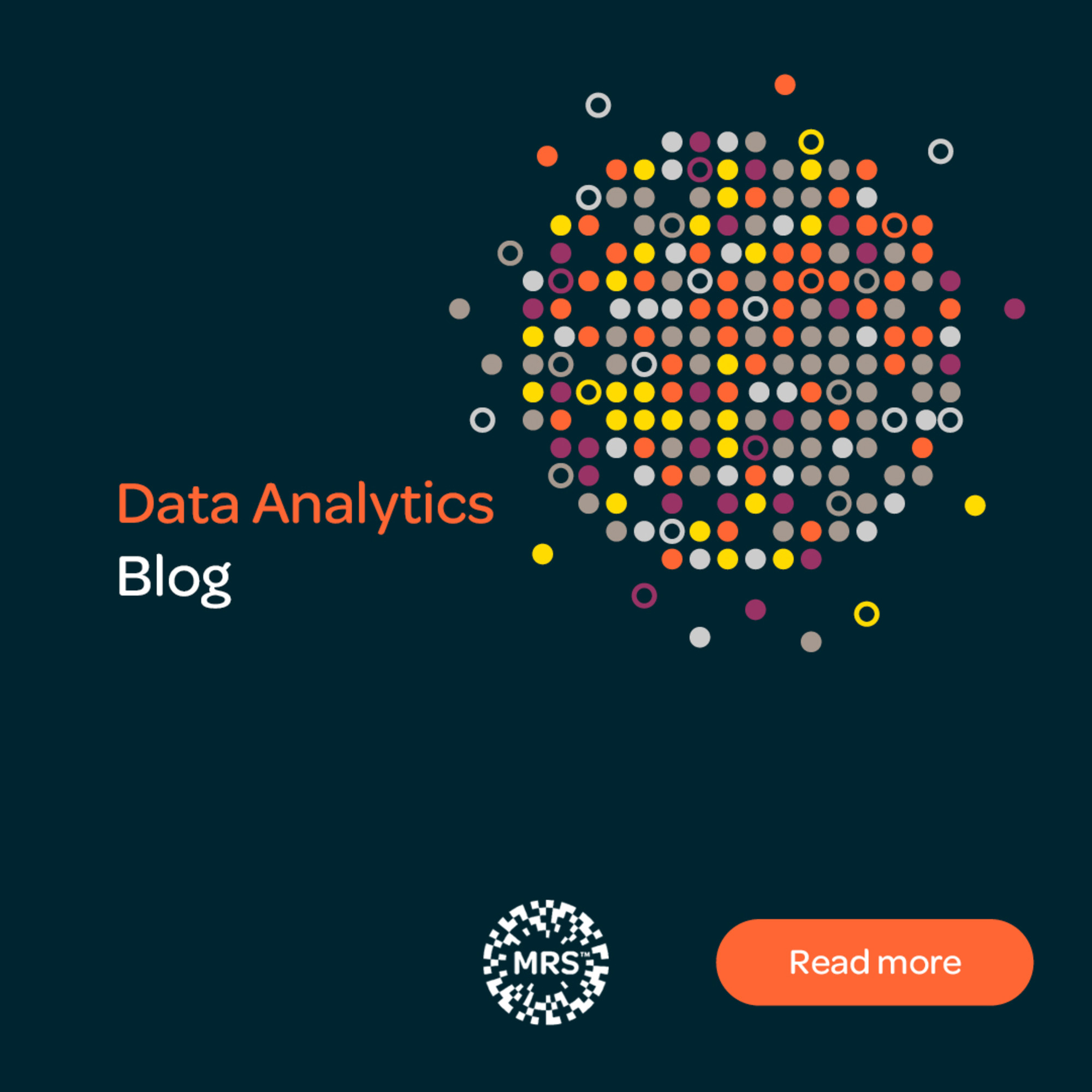My Journey to becoming a Data Practitioner
23 August 2023


Author - Chris Clark, F.IDM, MMRS.
Chief Executive at Make Public
MRS Data Anayltics Opinion Piece:
My Journey to becoming a Data Practitioner
My name is Chris Clark, and this is, I hope, a motivational story of a Campaigner’s journey from an outsider in the cold to breaking through the Data Science wall and becoming a modern Data Practitioner.
Around 2013, a pension fund Arch cru, crashed, leaving thousands of pension investors plans wrecked, including mine. As silence came to bear down on investors, Parliamentarians raging impotently, and the fund’s authorised director went resolutely silent. Challenging a limited compensation offer was going nowhere, not least because no data existed to inform investors what they had lost. After all, if you can’t understand how much you’ve lost, how can you claim for it?
But I’d kept my out-of-date paper investment leaflet. Surely hundreds must have more recent ones. So I projected my loss valuations forward in a blog, then put out a call for investors to post me their latest versions, and emailed the financial press with my work. The results were outstanding. Huge publicity, a class-action law firm contracted my campaign services, and I was threatened with a SLAPP by the failed company. Then, in the post, arrived the latest paper projection, and my recalculated projection brought into sharp focus the substantial investor losses. The campaign was ignited, and the class-action investors won their investment back.
And a big lesson was learned. Data is Power.
Statistics in data was a black art, behind a wall of complicated formulae, beyond the realm of normal beings. Evolving from 2013 to 2017 I found it full of strange languages, R, Python, SPSS, Jupyter and Kaggle platforms within which my statistics formulae of old were now enmeshed in modules waiting to be called. Data Practitioners had strong mathematical backgrounds (I don’t), hold Statistics Master’s degrees, and could collect and analyse mind-numbing numbers, producing world-changing analyses.
So, as my business is campaign facilitation, how could I break through this baleful wall, find better ways to uncover data patterns, overcome the number crunching barriers, and become data accredited?
In 2013 I had stumbled across a book by Dr Matthew North, ‘Data Mining for the Masses’, that seems to bring automation to crunching statistics formulae, now called algorithms. Dr North was also on a mission to break down the Data Science wall from the other side. His book had been created round the Rapid Miner data tool. I recognised the stats, read the real-world problems solved, saw how the book showed data collection to output, and how to assemble the mining scripts in the tool. I was off to the races. Not. Not that the book was unclear. Building the Rapid Miner algorithm blocks, connecting them together, then making the data run was hard. Hours of frustration followed. Then slowly I built all the models from the book and made them work. I got particularly good at text analyses, and then the results happened. I used the Federalist Papers method to track down an anti-Windfarm troll for Guardian Australia, outed a Cabinet Minister who wrote an anonymous submission for a Parliamentary Select Committee. Later, I cracked sentiment analysis. I overlaid correlation, clustering, and rules of association onto online and face-to-face surveys. Clients were really impressed at the clarity data mining brought to the earlier Excel results.
Around 2017, the term ‘Citizen Data Scientist’ was emerging. It applied to people who, like me, weren’t Statisticians or programmers but were discovering tools such as Rapid Miner, Tableau, Jamovi etc, and bringing statistics analysis into managerial and professional work elsewhere. I thought about a fellow student who won a court case helped by a Stats lecturer, and considered if ever the day came that I as a Citizen Data Scientist, was in court against a Stats professional, who would the judge believe? And as for getting any sort of Data Practitioner recognition, that seemed as far away as ever.
In 2020/21, the Institute of Digital Marketing announced that in conjunction with Southampton University, they would run AI & Machine Learning for Marketers. It covered an overview of AI, NLP NLG chatboxes, Data Mining, Computer vision, neural nets, and how they work. And how to implement an AI project such as NLG chatboxes. It didn’t specifically cover the practical work and tools I had been self-learning about, but these were included as optional models. Anyway, on passing the course, I asked my lecturer, Dr Clare Walsh, where she considered my skills to be in the data science world, and she said ‘Data Practitioner’. Data.org says a data practitioner ‘ is skilled at supporting the data life cycle: collecting, transforming, analyzing, communicating, and productizing data to guide decision-making. Plus approach their work with a social impact mindset.’
I think that will do it for me.
Chris Clark
Data Practitioner.
Get the latest MRS news
Our newsletters cover the latest MRS events, policy updates and research news.











0 comments